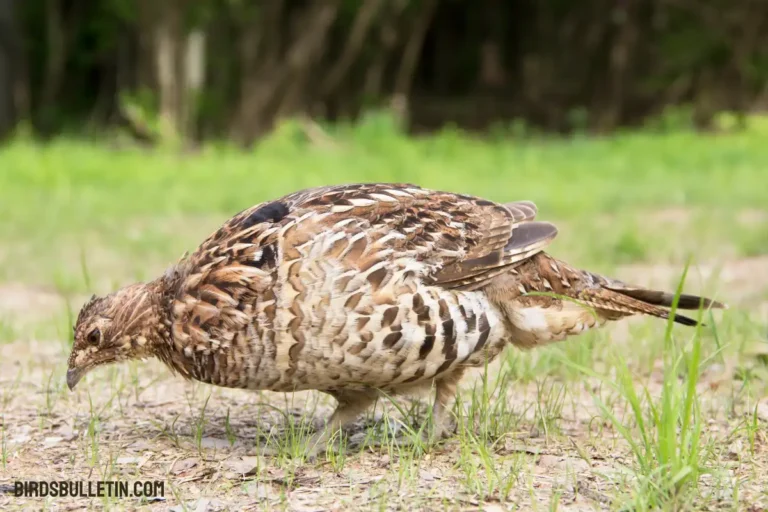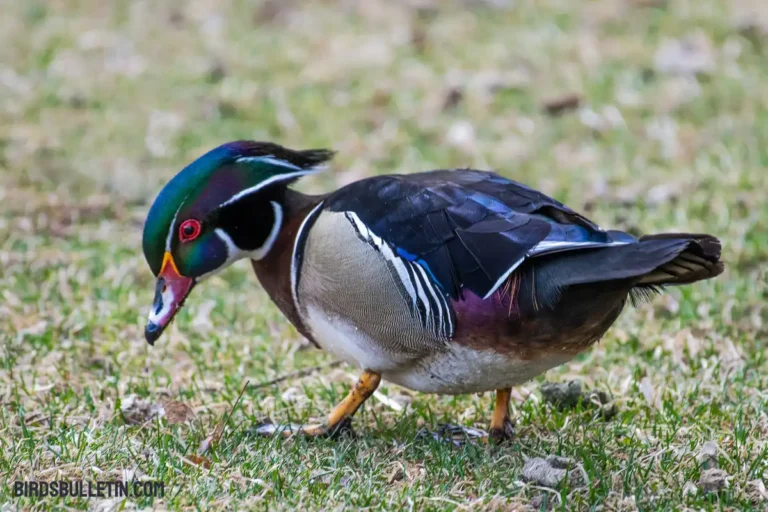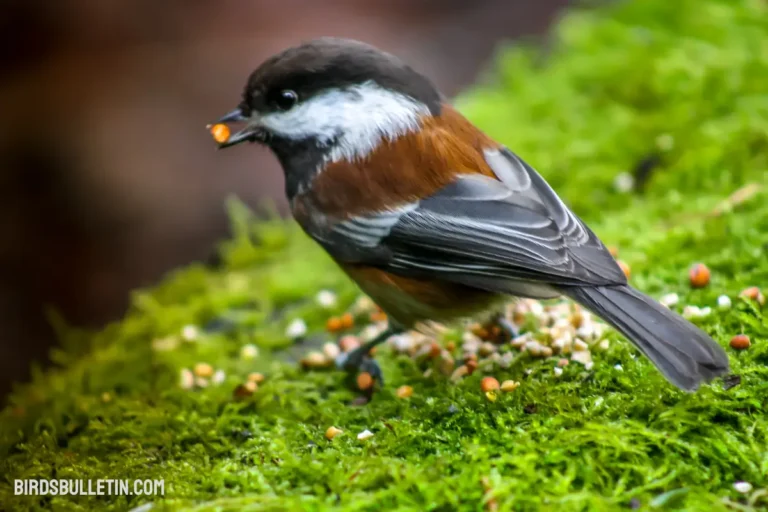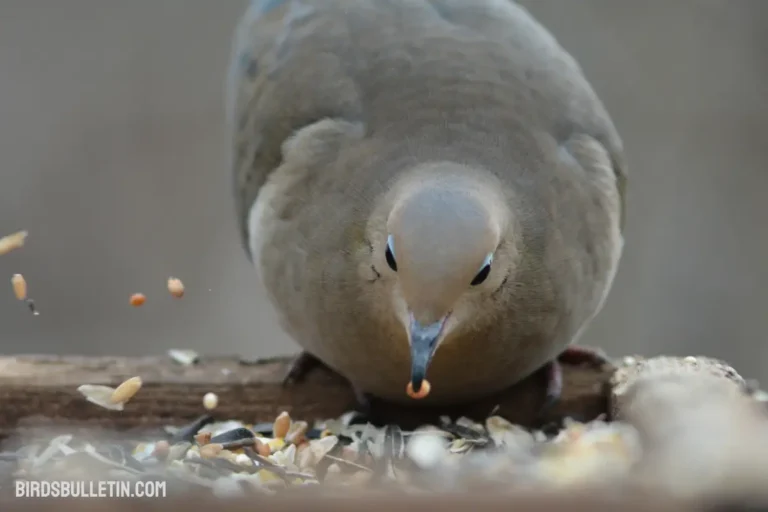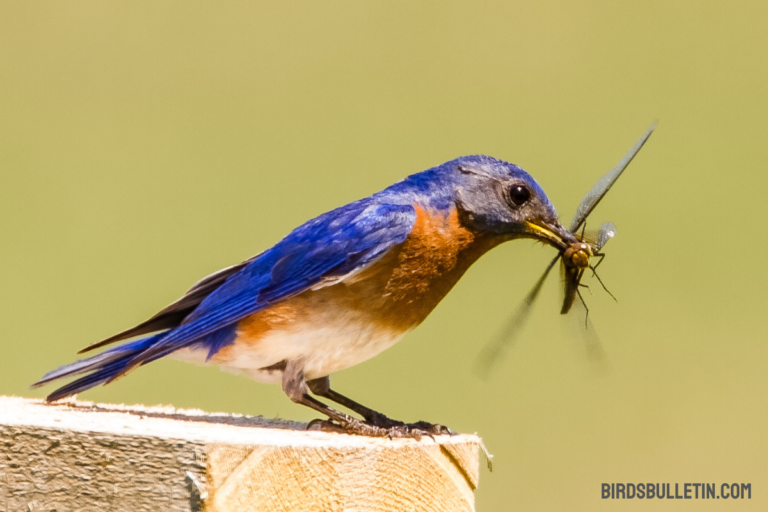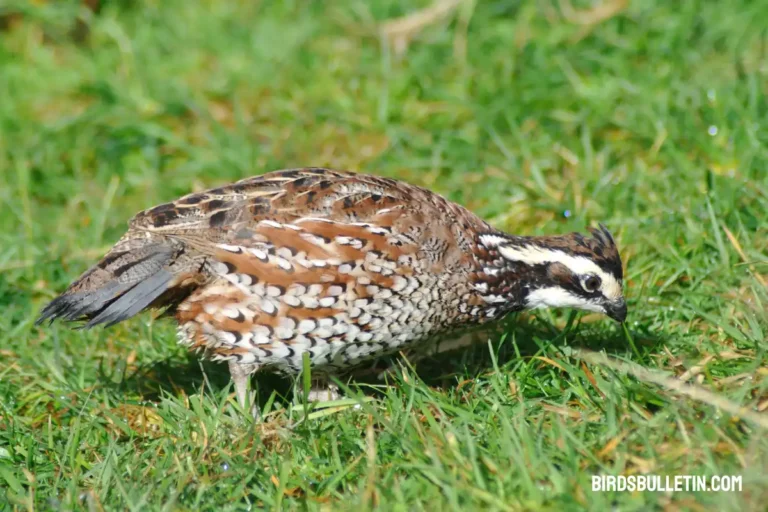What Do Mountain Chickadees Eat?
The mountain chickadee is found in mountainous regions of western North America. These active, acrobatic birds are a common sight flitting between conifers across alpine forests and meadows.
But what makes up the diet of these high-elevation chickadees? Here we’ll explore the foods that sustain mountain chickadees through the changing seasons.
Want to learn more about birds’ food and diet
Favorite Food
Mountain chickadees are omnivorous and opportunistic foragers. Their diet shifts throughout the year depending on food availability. Seeds and insects make up the bulk of their nutrition. Specific foods include:
| Food | Details |
|---|---|
| Seeds | Sunflower, thistle, Nyjer, pine |
| Insects | Beetles, caterpillars, spiders, ants |
| Berries | Currants, wild raspberries, elderberries |
| Tree sap | Sapsucker drillings |
| Suet | Animal fat and seed cakes |
| Peanut butter | Smeared on pinecones, twigs |
| Mealworms | Live or dried mealworms |
- Seeds from conifers and feeders are a staple, especially sunflowers.
- They glean insects year-round, an important source of protein.
- Berries provide sugar energy and some nestling food.
- Sapsucker drillings are a specialty food source.
- Suet and peanut butter offered at feeders are favorites.
- Live mealworms are readily taken when offered.
How Mountain Chickadees Gather Food
Mountain chickadees have several strategies for finding food:
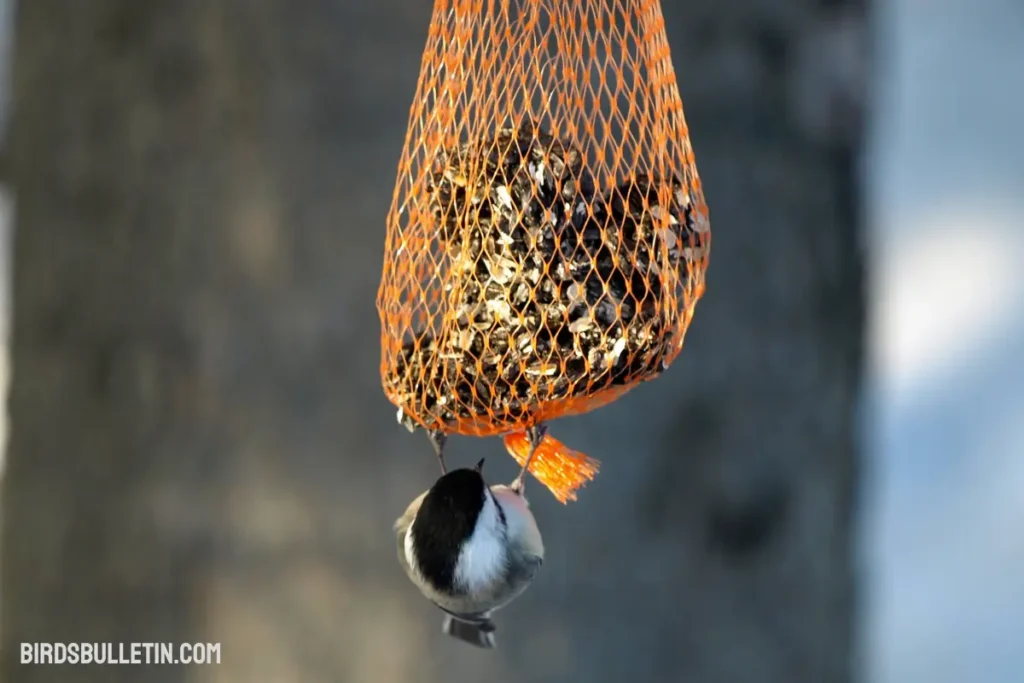
Flocking – They often forage in mixed flocks with other small birds like nuthatches and kinglets. Being part of a larger flock helps alert them to food sources and may provide some safety benefits.
Bark gleaning – This bird searches tree trunks and branches, picking insects and spiders directly off the bark. Their small size allows them to find food in the crevices of rough bark.
Hanging – Chickadees can hang upside down or sideways to probe into crevices and hollows looking for hidden arthropods and larvae.
Excavating – They use their slender beaks to excavate into rotting wood or underneath bark that has started to loosen and peel from the trunk.
Caching – Mountain Chickadees are well known for caching or hiding food to eat later. They can make hundreds of caches a day, storing seeds, insects, or berries in tree crevices. Their excellent spatial memory allows them to relocate caches accurately.
Feeding stations – This bird will readily visit bird feeders, especially for sunflower seeds and suet. Feeders can provide a reliable supplemental food source.
What Mountain Chickadees Eat in Winter
Finding food in the winter months poses challenges for mountain chickadees. They have several strategies to meet their energy needs:
Switching to more conifer seeds – Rely on cached conifer seeds like spruce, pine, and hemlock.
Drinking more tree sap – Tap thin-barked trees like birch for sap nutrients.
Foraging in mixed flocks – Flock with other species like nuthatches to find food.
Visiting feeders – Eat more black oil sunflower seeds and suet at feeders.
Increasing fat reserves – Consume more food in the fall to store fat for winter.
Expanding diet – More likely to eat berries, mushrooms, and lichens.
Caching surplus – Hide extra seeds, fungi, and insects in bark crevices.
What Baby Mountain Chickadees Eat?
Adult mountain chickadees keep busy finding food for their chicks. Nestling diets are filled with:
Caterpillars – Soft, high-protein insects like moth and beetle larvae. Easy to digest.
Spiders – Adults carry back spiders and other small insects.
Aphids – Sap-sucking insects provide moisture. Chicks favor green aphids.
Berry pieces – Parents mash berries like currants and elderberries into “bug balls”.
Seeds – Chicks are fed small crushed seeds for carbohydrates.
Suet – High energy fat and protein supplement for chicks.
This high-protein diet supports the rapid growth of chicks. Up to 94% of a nestling’s food may be animal matter like caterpillars and spiders. As chicks near fledging, parents mix in more seeds.
Frequently Asked Questions about Mountain
01. How do mountain chickadees open conifer cones?
Mountain Chickadee uses their slim, pointed beak to pry between cone scales to get at the seeds inside. Their beaks lack the specialized tools some birds have for opening cones.
02. Where do mountain chickadees search for food?
Mountain Chickadees forage on the branches and bark of conifers seeking insects. On the ground, they scratch through leaf litter under conifers for seeds and insects. They also fly catch and will visit feeders.
03. How do mountain chickadees find food in winter?
This chickadee bird switches to more conifer seeds, tree sap, and suet. They cache surplus food and forage in mixed flocks. Their winter diet expands to include more berries, fungi, and lichens.
Final Word
With its diverse, seasonally shifting diet, the mountain chickadee is well-adapted to survive the extremes of its high mountain habitats. This resourceful songbird knows where to search to find the protein and energy it needs from the conifer forests.
Its dexterous feeding skills let it capitalize on both plant and animal food sources across the elevations. Watching chickadees busily forage provides a glimpse into the industrious lives of these hardy mountain birds.
References
- McCallum, D. A., Grundel, R., & Dahlsten, D. L. (1999). Mountain chickadee (Poecile gambeli). In Birds of North America Online (A. Poole and F. Gill, Eds.). Cornell Lab of Ornithology. https://doi.org/10.2173/bna.453
- Smith, S. M. (1991). The Black-capped Chickadee: Behavioral Ecology and Natural History. Cornell University Press.


